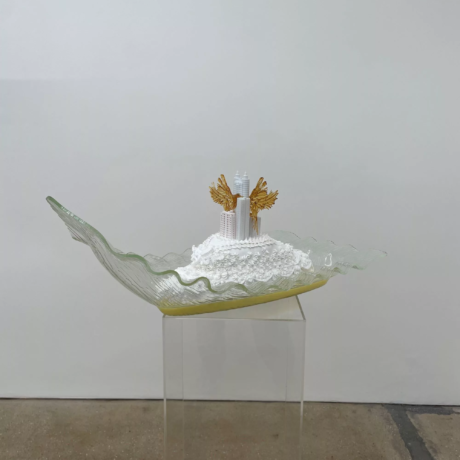“The world, for me, is random. My work should also be the same,” said the early pioneer of Kinetic Art and Op Art, Jesús Rafael Soto (1923–2005), who broke onto the European art scene in the early 1960s, where his swaying, swishing sculptural installations, often made from nylon thread or plastic strings, filled galleries with an immersive effect. Interested in the gap between emptiness and fullness, both spatially and conceptually, Soto was commissioned to create public murals—including the two-part UNESCO Paris installation he completed in 1969. Until February 2020, a survey on the work of late Venezuelan-born artist is on view at the Guggenheim Bilbao, exploring in particular the way Soto redefined the social scope of art.
Image: Installation view at Guggenheim Bilbao





